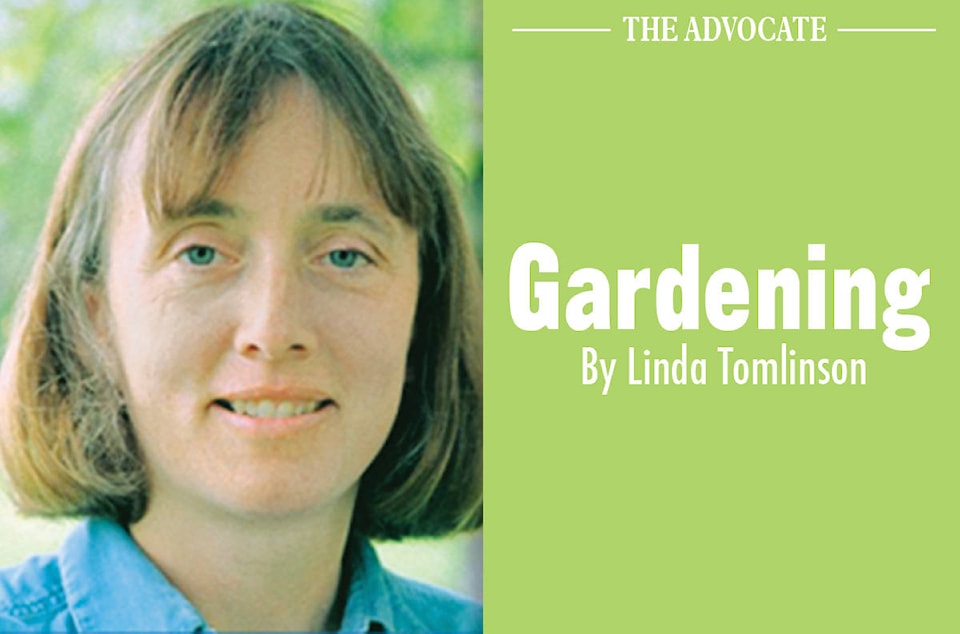The desire to put fingers in the dirt increases as does the length of days and heat of the sun. For many it means starting plants indoors. It looks simple but there are many things that can go wrong.
Long thin stems usually mean not enough or strong enough light. When plants are grown under lights, the lights should be within an inch or two of the plant crown. The ability to move the light or plants up and down is essential when it comes to healthy plants.
Placing the lights on a timer setting for 16 hours of light and 8 hours of darkness gives encourages optimum growth. Both light and darkness are needed to complete photosynthesis.
If the plants are growing long and thin at a window, add a few incandescent grow lights to increase the light supply.
Plants grow towards the light often resulting in crooked or one sided plants unless the light is directly overhead. Turning the plants or trays regularly helps alleviate the problem.
Plants that are placed too close together lose the ability to become bushy. Spacing the plants further apart will increase the plants lateral growth.
When tomatoes become too leggy they can be potted into a deeper pot which will result in the buried stem developing roots
Leaf color is a good indicator of plant health. Yellow leaves often means that the plants are being overwatered. Check the moisture level in the soil. This can be done by, sticking a finger in the soil or by removing a plant from the pot and touching the bottom soil. It is possible to have dry surface level soil and wet lower levels. Experienced growers will pick up a pot to check its weight. Plants with wet soil weigh more than ones with dry soil.
When watering plants, give them enough water that the moisture flows out of the pot. After approximately 15 minutes, empty the saucer.
Yellow leaves and/or brown margins and tips on new growth can be a sign of fertilizer burn. When plants are given too much chemical fertilizer the salts in the fertilizer draw the moisture out of the roots resulting in some or all of the roots dyeing. Damage can show up in a couple of days or a couple of weeks.
Lack of nutrients can also be spotted in the leaves.
Leaves that are yellow or light green could be a sign that the plant is not receiving enough nitrogen.
If the leaves have a purple tinge and some yellowing in the middle of the leaf the plant is likely suffering from a shortage of phosphorus.
When a plant is short of potassium the leaves turn yellow and die from the margins inwards.
Iron shortage is seen as dark veins and yellow leaves but this could also be caused by lack of magnesium. The difference is that with a lack of magnesium the yellowing starts on old leaves while Iron shortage is first apparent on new growth.
If a slow releasing fertilizer was not mixed into the growing medium, the only nutrients the plant will receive is from the fertilizer applied. Choose a balanced fertilizer that contains micronutrients and follow the instructions on the container.
Leaves that are an uneven color or have yellow spots could be a sign of an insect infestation. Examine the undersides of the leaves carefully looking for insects and eggs.
A white powder, mildew, will form on the leaves if the foliage is wet for a long period of time or if the area is very humid without good air circulation.
The best way to insure healthy bedding-out-plants is to pay close attention to the plants daily.
Linda Tomlinson is a horticulturalist that lives near Rocky Mountain House. She can be reached at your_garden@hotmail.com
